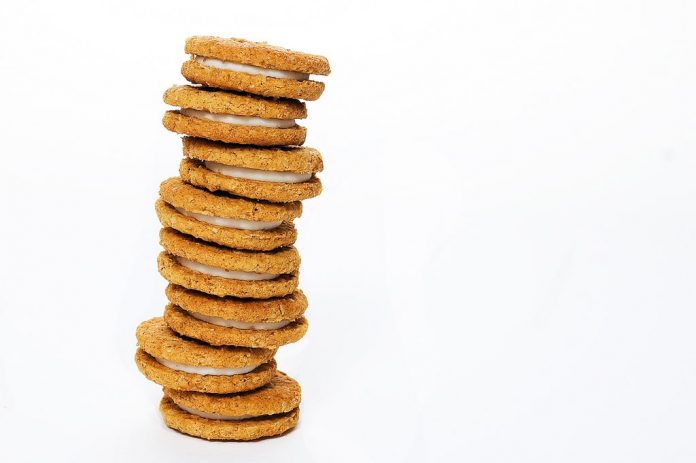
Artificial trans fats are the outcast of the fat family. Even the FDA came to the conclusion in 2013 that they were no longer “generally recognized as safe” and as a result, gave the food industry three years to phase them out. This is because artificial trans fats lower good cholesterol or HDL and increase bad cholesterol, or LDL.
“We made this determination based on the available scientific evidence and the findings of expert panels,” Susan Mayne, Ph.D., Director of FDA’s Center for Food Safety and Applied Nutrition said in the statement. “Studies show that diet and nutrition play a key role in preventing chronic health problems, such as cardiovascular disease and today’s action goes hand in hand with other FDA initiatives to improve the health of Americans, including updating the Nutrition Facts label,” she adds.
These fats are found in crackers, cookies, cakes, frozen pies, and other baked goods as well as microwave popcorn, stick margarines, coffee creamers, refrigerated dough products, and ready-to-use frostings.
Read more about how trans fats impact memory  Artificial trans fats are formed through an industrial process that adds hydrogen to vegetable oil, causing it to become a solid at room temperature. The fats are added to processed foods because they’re inexpensive and increase their shelf life. On the other hand, natural trans fats occur in nature and are found in some meat and dairy.
Artificial trans fats are formed through an industrial process that adds hydrogen to vegetable oil, causing it to become a solid at room temperature. The fats are added to processed foods because they’re inexpensive and increase their shelf life. On the other hand, natural trans fats occur in nature and are found in some meat and dairy.
And according to Harvard Health Publications, they’re not as big a health concern.
Read more about trans fats The hydrogenation process can naturally occur in nature when bacteria in animals’ stomachs hydrogenate the fatty oils from animal feed. A study published in The American Journal of Clinical Nutrition compared the health effects of artificial versus natural trans fats. The study found that eating artificial trans fats lowered HDL in women studied while natural trans fats actually increased HDL, or good cholesterol. But natural trans fats have not been studied nearly as much as artificial trans fats.
Photo: Stuart Webster




